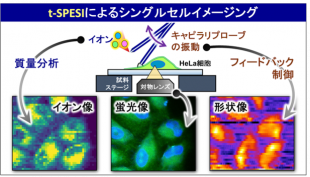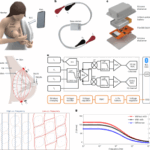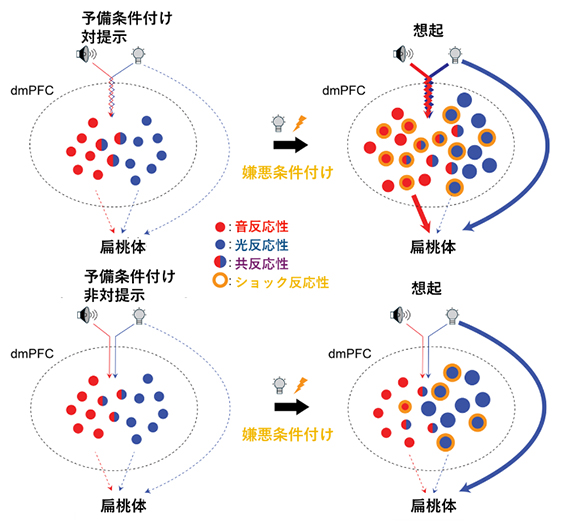2025-05-15 大阪大学

1細胞の成分分布を可視化するための新たなイメージング技術を開発し、がん細胞に含まれる脂質の分布を2マイクロメートルのピクセルサイズで可視化することに成功した。また、同一の細胞の蛍光像と形状像も計測し、両者を相互比較することができるようになった。
<関連情報>
- https://www.sci.osaka-u.ac.jp/ja/topics/15347/
- https://www.sci.osaka-u.ac.jp/ja/wp-content/uploads/2025/05/PR_Otsuka.pdf
- https://www.nature.com/articles/s42004-025-01521-2
タッピングモード走査プローブエレクトロスプレーイオン化法によるHeLa細胞内脂質のシングルセル質量分析イメージング Single-cell mass spectrometry imaging of lipids in HeLa cells via tapping-mode scanning probe electrospray ionization
Yoichi Otsuka,Kazuya Kabayama,Ayane Miura,Masatomo Takahashi,Kosuke Hata,Yoshihiro Izumi,Takeshi Bamba,Koichi Fukase & Michisato Toyoda
Nature Chemistry Published:14 May 2025
DOI:https://doi.org/10.1038/s42004-025-01521-2
Abstract
The development of analytical technology that allows investigation of the diversity of cells that form biological tissues based on molecular information is important to elucidate the heterogeneity of cells and pathological mechanisms. Here, we present a proof-of-concept demonstration of single-cell mass spectrometry imaging (SC-MSI) via tapping-mode scanning probe electrospray ionization (t-SPESI), which is an atmospheric-pressure sampling ionization technique. We developed a novel t-SPESI unit that can be used in combination with an inverted fluorescence microscope and basic technologies to extract components from microregions of cells and measure ions with high sensitivity. We performed multimodal (fluorescence, lipid ion, and topographic) imaging of two types of HeLa cells labeled with fluorescent dyes and chemically fixed and showed the potential for subcellular-scale analysis of both cell structure and chemical composition. Furthermore, we evaluated the lipid species by comparing the SC-MSI results with those of supercritical fluid chromatography tandem mass spectrometry. The technical advancement presented here is effective for distinguishing cell types based on the signal intensity of lipid ions in single cells and investigating differences in the subcellular localization of lipids in different types of cells.


